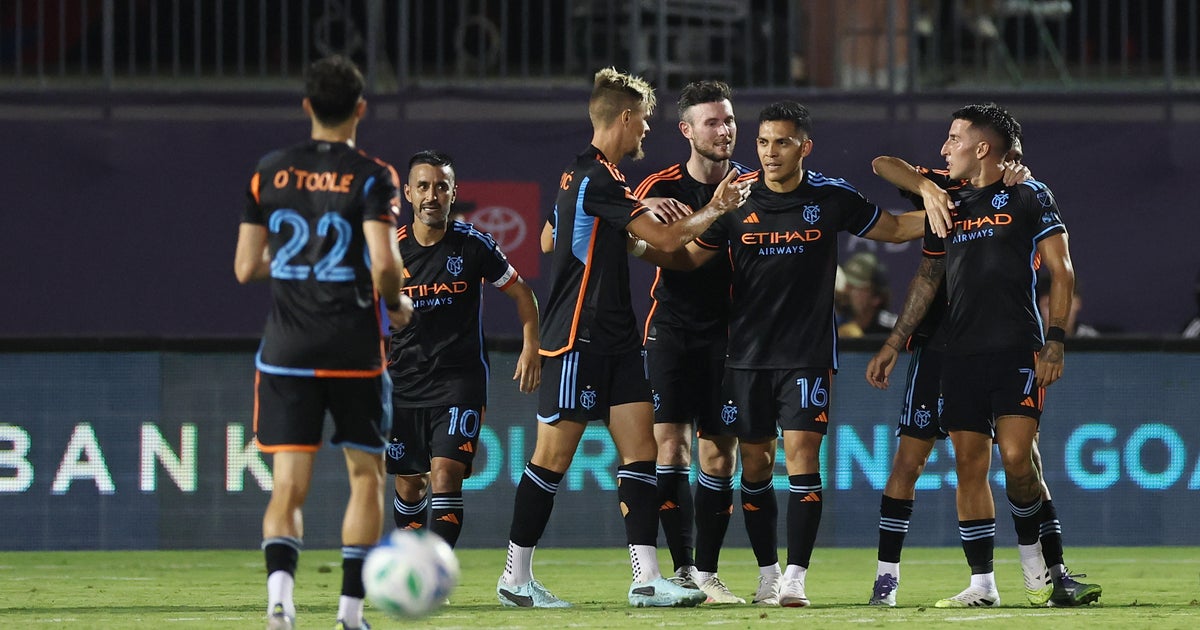Liguori: 'Rough' U.S. Open Challenges Await Golf's Best At Erin Hills
By Ann Liguori
» More Columns
ERIN, Wis. (WFAN) -- Okay, guys, enough already.
For those players who are making a big deal about the high, thick fescue along the 7,800-yard setup at Erin Hills, host of the U.S. Open this week, saying it's"unplayable," "unhittable," "unfindable," and that it's, yes, all so "unbelievable," I say, "quit whining!"
Kevin Na's viral rant about the "impossible" fescue made the 33-year-old Korean sound like he's psyched out about this championship before it even begins on Thursday. That's not a way to start a major!
I don't blame Jon Rahm for not wanting to practice getting out of the rough, apparently out of a fear of injury, but the best way not to deal with it is to stay out of it.
U.S. Open venues are supposed to be the toughest test of golf in our country for the best players in not just this country, but the world.
I think Rory McIlroy, who won the U.S. Open back in 2011 at Congressional, said it best.
"We have 60 yards from the left line to the right line. You've got 156 of the best players in the world here. If we can't hit it within that avenue, you might as well pack your bags and go home," McIlroy said.
He continued, "These are the widest fairways we've ever played in a U.S. Open. Even the first and second cut is another 10 yards on top of that. So, if you've got 50 or 60 yards to hit into and you're complaining about the fescue that's wider than that, I don't think that's an issue."
Adam Scott, who is currently ranked No. 12 in the world, agreed.
"A lot has been made about the rough, which is incredibly long, but there's a huge space in-between that long rough that we get to hit it," he said. "So, if you're playing well, hopefully you won't be out there too many times. And I think there's enough of a challenge anyway, but if you're playing poorly at a U.S. Open and you're hitting it poor enough to go in that rough here, then you probably weren't going to do too well at the U.S. Open no matter where it was."
Justin Rose won the 2013 U.S. Open at Merion and that rough was just as tough. The English star handled this year's apparent controversy beautifully. He stayed out of it!
"Obviously, I've seen guys talking about the rough and the hay and this and that," Rose said, "and of course, it's a huge penalty if you miss big this week. But if you play well, which is obviously what this championship is trying to identify, it's a very, very fine and playable golf course."
Jason Day, with five top-five finishes in six previous U.S. Opens, knows that complainers don't usually win.
"Usually, when you hear people complain, it's one less guy you have to worry about at the start of the week," Day said. "Their attitude makes up for at least 25 percent of your performance. Everyone is going to run into some sort of trouble out there. Everyone is. It's a matter of how you handle yourself in that moment to prepare yourself to greatness.
"And that's why I like tougher conditions, because it constantly tests that barrier to see if I can push even further and further mentally and physically with regards to playing tough venues such as the U.S. Open like this," Day added.
And that, my friends, is the way to handle the challenges (in this case the high fescue) of a U.S. Open course. Instead of complaining about the obstacles and allowing it to enter a player's subconscious, champions embrace the obstacles, as tough as they may be, and find a way around or out of them.
Follow Ann on Twitter at @AnnLiguori



